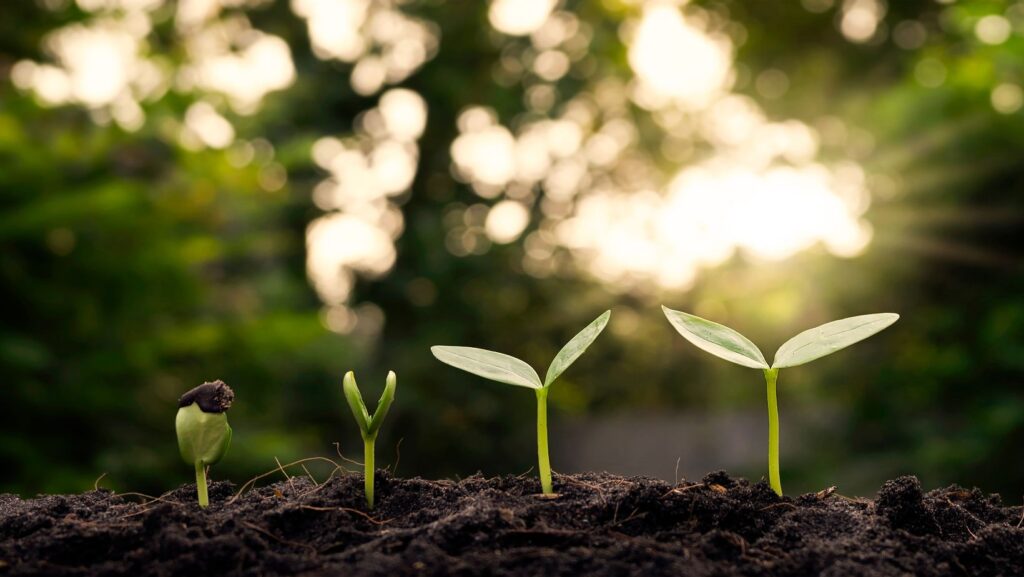Sustainable Development Importance
 Sustainable development isn’t just a buzzword; it’s a critical approach to ensuring the planet’s future. As the global population continues to rise and natural resources dwindle, the need for sustainable practices becomes more urgent. By balancing economic growth, environmental protection, and social equity, sustainable development aims to meet present needs without compromising the ability of future generations to meet theirs.
Sustainable development isn’t just a buzzword; it’s a critical approach to ensuring the planet’s future. As the global population continues to rise and natural resources dwindle, the need for sustainable practices becomes more urgent. By balancing economic growth, environmental protection, and social equity, sustainable development aims to meet present needs without compromising the ability of future generations to meet theirs.
The importance of sustainable development can’t be overstated. It addresses pressing issues like climate change, resource depletion, and social inequality. By adopting sustainable practices, societies can create resilient economies, healthier environments, and more equitable communities. This holistic approach not only benefits the planet but also enhances the quality of life for all its inhabitants.
Understanding Sustainable Development
Sustainable development seeks to address present needs while not compromising future generations’ ability to meet theirs. The concept integrates three core components: economic growth, social inclusion, and environmental protection. According to the United Nations, sustainable development is paramount for achieving a high quality of life globally.
Core Components
- Economic Growth: This involves creating jobs, fostering innovation, and supporting industries. Sustainable development promotes
 economic policies that enhance productivity without degrading natural resources.
economic policies that enhance productivity without degrading natural resources. - Social Inclusion: It emphasizes equal opportunities for all individuals, ensuring access to education, healthcare, and employment. Sustainable development also advocates for gender equality and the empowerment of marginalized communities.
- Environmental Protection: It includes conserving natural resources, reducing carbon emissions, and protecting biodiversity. Sustainable practices like renewable energy and resource-efficient technologies are integral to this component.
Importance of the Three Components
Balancing these components ensures long-term viability and resilience against future challenges. For instance, economic policies focusing solely on growth can lead to environmental degradation. Similarly, neglecting social inclusion can result in inequality and social unrest.
Global Goals
In 2015, the United Nations introduced the Sustainable Development Goals (SDGs), comprising 17 targets to be achieved by 2030. These goals cover various aspects of sustainable development, including poverty eradication, clean water, affordable energy, and climate action. Businesses, governments, and individuals align their efforts with the SDGs to foster sustainable practices globally.
Examples in Practice
Countries like Sweden and Denmark implement comprehensive sustainable development strategies. For instance, Sweden focuses on renewable energy and waste recycling, while Denmark emphasizes social welfare and green technology. These nations demonstrate the effectiveness of integrating economic growth, social inclusion, and environmental protection.
Understanding sustainable development and its components is crucial for addressing today’s global challenges and creating a better future.
Historical Context
The concept of sustainable development has deep historical roots, illustrating the evolving relationship between human societies and the natural environment.
Early Concepts
The origins of sustainable development can be traced back to early agricultural societies. Ancient civilizations, like those in Mesopotamia and Egypt, practiced resource management techniques to ensure sufficient food and water supply. These early societies implemented crop rotation and managed irrigation to maintain soil fertility and water resources. Philosophers like Aristotle and Confucius advocated moderation and ethical use of natural resources, reflecting early sustainable thinking.
Evolution Over Time
Sustainable development as a formal concept emerged during the 20th century. The 1962 publication of Rachel Carson’s “Silent Spring” highlighted environmental degradation, sparking the modern environmental movement. In 1987, the Brundtland Report, officially titled “Our Common Future,” introduced the definition of sustainable development: meeting present needs without compromising future generations’ ability to meet their needs. The Earth Summit in 1992 further expanded the global dialogue, resulting in Agenda 21, a comprehensive plan for sustainable development.
 The adoption of the United Nations’ Sustainable Development Goals (SDGs) in 2015 marked a significant milestone. These 17 targets serve as a global blueprint to address challenges and drive sustainable practices by 2030. By learning from historical practices and evolving over time, sustainable development aims to create a balanced, equitable, and resilient world.
The adoption of the United Nations’ Sustainable Development Goals (SDGs) in 2015 marked a significant milestone. These 17 targets serve as a global blueprint to address challenges and drive sustainable practices by 2030. By learning from historical practices and evolving over time, sustainable development aims to create a balanced, equitable, and resilient world.
Sustainable development stands as a cornerstone for a prosperous future. By integrating economic growth, environmental protection, and social equity, it addresses critical global challenges. The United Nations’ Sustainable Development Goals provide a clear roadmap for achieving these objectives by 2030. Historical insights and modern examples underscore the effectiveness of sustainable practices in creating resilient economies, healthier environments, and equitable societies.



